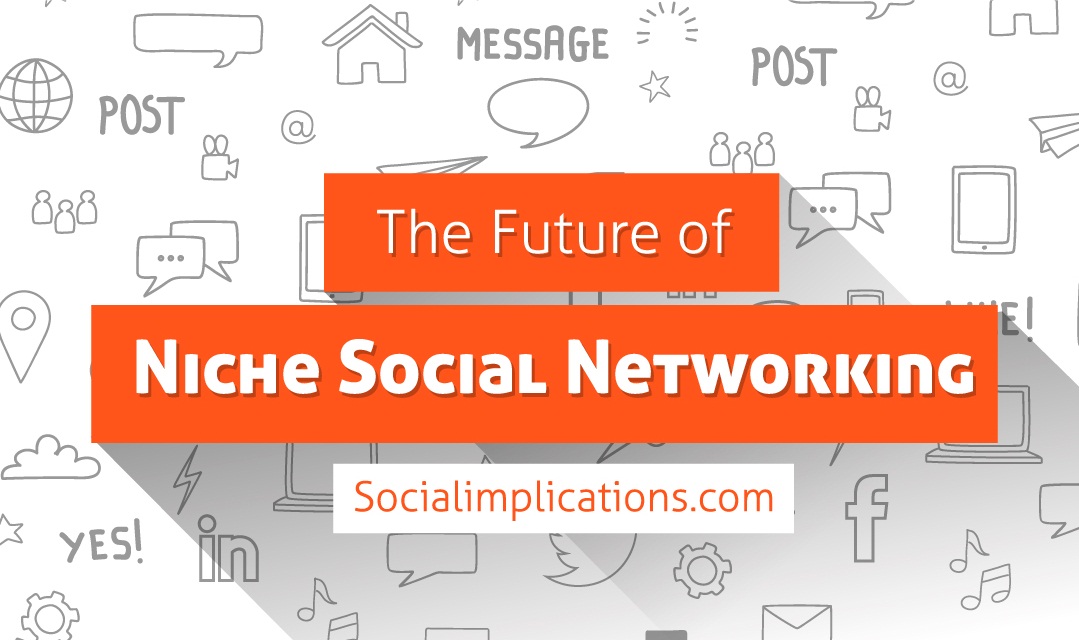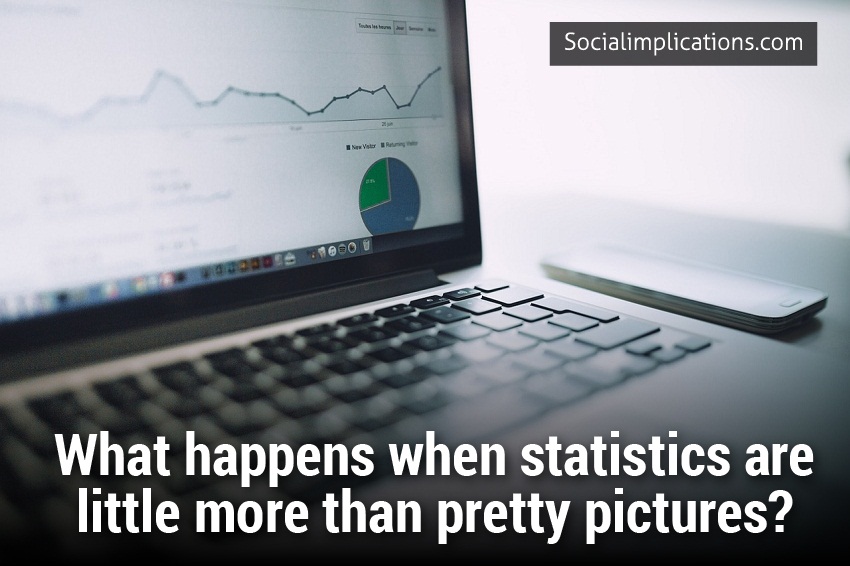You’ve certainly seen at least one Old Spice Guy video by now. (And if you haven’t, get out from under your rock.) They have a thriving YouTube Channel and Twitter account. The company made waves with their social media campaign where the Old Spice Guy — actor Isaiah Mustafa — would create personalized response videos to questions received via social media outlets.
Old Spice Guy Commercial
My first thought was “why didn’t anyone think of this before?” But actually, it’s nothing new. Companies have been directly responding to tweets and such for a while now. But Old Spice did something different. They merged advertising and entertainment almost seamlessly, turning ads into both likeable content and real conversations.
Personally, I love the campaign. There aren’t many ads I can honestly say I enjoy, but theirs are up there. They make me laugh. I actually seek out the videos instead of having ads intrusively shoved in my face. And that, folks, is (or should be) the future of advertising. But will it get old?
My favorite Old Spice Guy response video — Answering Machine Message
Old Spice has already apparently pulled the plug in that they won’t be creating more of these custom response videos. And that might be a good thing. One of my biggest concerns was that what started as a phenomenal idea might get old quickly, becoming a joke rather than making them. So I think their timing in that sense is perfect — avoiding the issue of overexposure.
And on a side note, I have to give Old Spice some major credit for showing that social media campaigns do indeed work (I’m so sick of people saying social media isn’t a campaign but a constantly ongoing conversation — no, it can be both).
Anyway, what I have to wonder now is if the success of the Old Spice Guy social media campaign will lead to a rush of imitators. And if so, will it get old, and how quickly? How many brands can we really engage with and actively follow? How many brands can we actually care about beyond simply wanting their products and services?
So from the consumer perspective I think I’m a little bit worried when social media campaigns get hyped up… not because I think all the stuffy suits of the world are going to suddenly get on board with social media and invade my “space” there, but because I worry the ones who do might ruin something good. It’s like when a new social media tool hits that point of critical mass where it’s just not cool anymore for the folks who made it popular in the first place. Am I being paranoid? Maybe.
Even more important is the issue of ROI. The campaign definitely seemed to help on the brand awareness front for Old Spice, at least among younger folks. Sure, we’d heard of it. But we weren’t talking about it. The question now is, are more people buying it? It doesn’t seem so. [Update: The source linked here now cites new information stating that sales may have indeed increased as a result of the campaign.] So what does that say about social media campaigns? To me the answer’s pretty clear, and what I’ve always thought about social media — ads are great if done well, but it’s the longtail PR work that’s going to bring about the biggest returns in time.
Of course that doesn’t mean Old Spice has to, or even should, continue the personal video responses over the long haul. The short term campaign seems incredibly effective with at least one thing — showing that the company can listen. And that’s something most, if not all, companies should strive for. Now if only they’d listen to the requests of people wanting them to “fix” their product — that would be a social media success story. It’s not just about having a conversation with an audience you want to appeal to. As a company, you still have to be able to give them what they want.
Old Spice Guy’s Farewell Video














But he hasn’t half helped the brand! It may get old but it has sure resurrected a relic and dying product… http://bit.ly/bbQ98W
I think really the key to Old Spice’s success was leveraging some MASSIVE influencers to get things going (something not many brands have the luxury of doing). They got people like aplusk to buy into it because this kind of ‘outdated’ brand doing Social Media was just ironic enough to appeal to a younger audience (and therefore make it ‘now’ again).
I’d hardly call the ability to reach out to “influencers” a luxury. Any brand can do it. Many have before, and many will again. Old Spice was nothing special in that regard.
Alexei, I too wonder how much of the appeal was based on an old fogey brand doing something so unexpected and do it well. If Axe had done this, would it have been as huge?
Can’t say if it would have been as huge. But at least for once they might have a campaign that is remotely respectable. 😉
I think the crux of the matter lies in the sales bottom line.
Yes, it’s a brilliant campaign. Yes, we’ve all bent over backwards to praise how fun and innovative it is. Yes, we love it and talk about it.
But do we go out and buy the product being advertised? No. So the campaign’s not succeeded.
But hold on there Andy. You’re confusing a social media campaign with a solely marketing / advertising campaign. And that’s not what this was. It started with advertising, but morphed into something quite different… more PR than anything. And even though immediate sales might not be up, it would be incredibly shortsighted to say the campaign as a whole didn’t succeed. The PR aspect can’t be measured yet. It’s more of a longtail thing. And “success” is not always directly measured by sales. Sales are nice, but they’re usually not the only goal in a social media campaign (sometimes not even a factor). Even if the company used the campaign as a starting point in listening to what the customers are saying product-wise so they could make changes, it could be argued the campaign was a “success.” I’m not saying they will. I’m saying it’s much too soon to judge.
Actually, I went out and replaced my normal deodorant with Old Spice (99% because of these ads). Why? I never even noticed it when shopping for deodorant for quite some time. I had brand blindness – until these ads clicked on the forefront notice that Old Spice makes a deodorant that is equal to or better than my current brand. Funny thing, I used Old Spice when I was just starting out my road to adulthood… 20+ years later, I’ve returned. Even funnier, my 5 year old daughter sneaks into my medicine cabinet to smell it when I am away on trips to remind her of me. Great branding!
The sales figures aren’t true… Neilsen reported an over 100% increase in sales during the past month: http://mashable.com/2010/07/27/old-spice-sales/ Also, the earlier reported 7% drop is sales isn’t true.
And it looks like the linked source in the post has been updated (as is this post now with an update notice).
However…
1. Mashable is really one of the least credible sources for stats info out there. We’ve had to call them out on it in the past here, and just last week we had to call them out yet again on another site for posting downright false or misleading stats. For example, their headline is blatantly a false claim without a qualifier saying only in the last month and only the body wash product line, or only from campaign start to finish and not overall — but of course that makes for a better hyped up story that will continue to spread without people bothering to really look at the news, think critically, and ask the right questions. Not saying it’s all wrong in this case, but that to make a point, it’s better to point people directly to something more credible.
2. Be cautious before making assumptions regarding the updated info posted. Always think critically rather than just repeating numbers. For example….
– A chart compares stats from February to and July, with two 4-week periods. An increase since launch time doesn’t mean that much as far as the social side of the campaign goes and whether or not it was successful on the sales front. It doesn’t tell us if the ads were effective, or the later buzz and more social aspects were. That would be important to differentiate before anyone claims a social media campaign is already a success (although I hope for the company’s sake that it was).
– For the Red Zone line specifically, you have two sets of data presented. One showing sales down year-over-year, and one showing an increase (but only from the start of the campaign). So the real question isn’t whether sales are temporarily increased due to the hype of the campaign itself, but whether there’s an actual increase year-over-year. Is that still down as of July? I guess we’ll have to wait and see, but that’s also important information to have before evaluating the success of something. An increase is great… but will it last, and is it enough to counteract what other stats show as sluggish sales (versus only enough to make a dent)?
– The stats are admittedly limited, leaving out the country’s largest retailer, Walmart (which as of 2009 apparently accounted for an 11%+ retail market share in the US) — that’s pretty significant, and for the single-digit increases mentioned knowing that information would be important before making any conclusions.
– Stats, as they often are, seemed to be laid out in a way to intentionally make things look good. For example, it’s easier to get people to spread news about 100+% increases in the last month for specific lines than it is to talk about much more modest numbers for the brand, all things advertised, or the long-term increases (or lack thereof). And that’s what really matters in determining the overall success of most campaigns — quick and temporary surge versus actual brand awareness that lasts, grows, and overcomes any past sales problems.
In no way am I saying that sales aren’t up or that the campaign isn’t successful. As I already said, I hope it is. I loved the campaign. But it’s important to look at the stats for what they are — just illustration and grounds for commentary (why we linked to a blog post discussing it rather than touting numbers as hard fact originally) or transparent figures that tell the whole story? Sadly the latter is rare, so it comes down to each one of us being able to think critically for ourselves.
Thanks for passing along the updates related to the post we cited. Appreciate it.